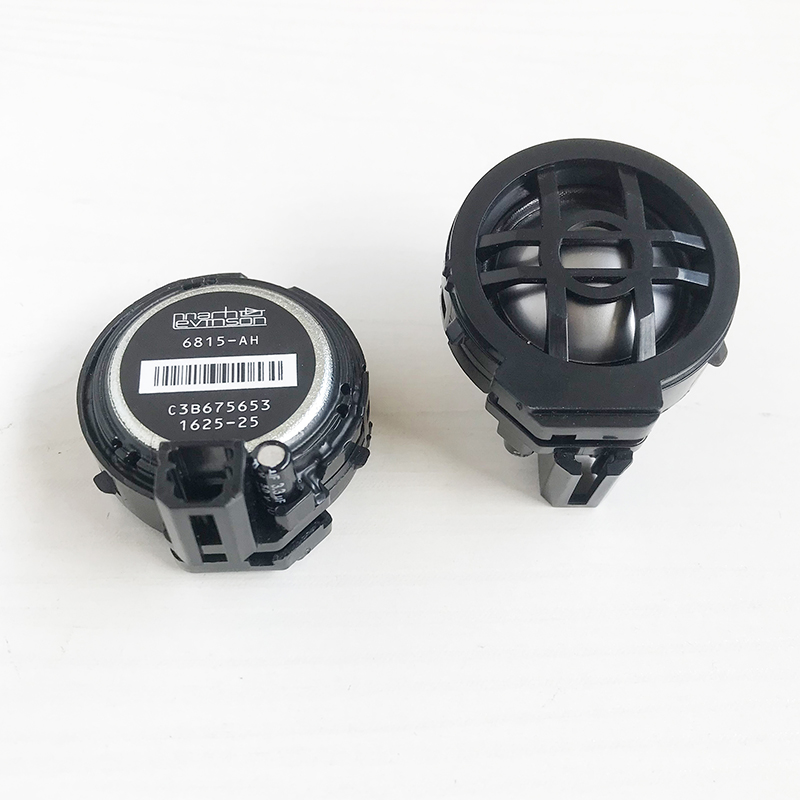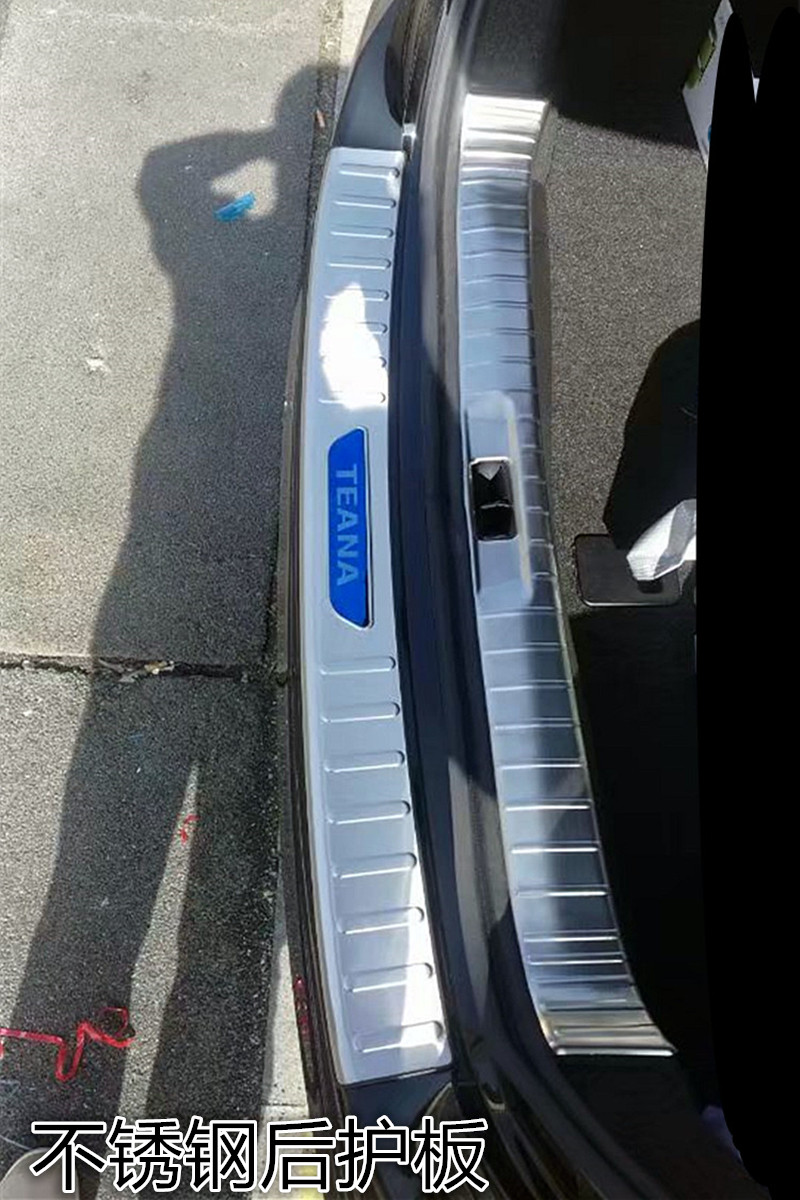NASA shows how Mars helicopter did the impossible, and then crashed
NASA hoped its Ingenuity helicopter would fly at least once. It took flight 72 times.
The historic craft — the first to ever make a powered, controlled flight on another planet — flew distances as far as 2,315 feet across Mars' Jezero Crater, a basin that once teemed with water, likely creating a lake some 22 miles wide. It served as a reliable scout to the space agency's Perseverance rover, as these robots sleuthed the best places to look for potential evidence of past microbial life on the Red Planet.
The new NASA video below (one-minute long) shows how Ingenuity buzzed over Mars, crossing over rugged and hilly terrain before arriving at its final landing spot months ago. On flight 72, the experimental chopper crashed in a dried-up river valley.
SEE ALSO:NASA scientist viewed first Voyager images. What he saw gave him chills."We never planned for such a long mission," Teddy Tzanetos, Ingenuity’s project manager, said at a media briefing. "We originally had a single logbook, hoping for one successful flight to be logged in that logbook. Eventually got to five [flights] and were extremely excited to proceed into our extended operations demonstration."
That smooth, sandy terrain was ultimately Ingenuity's demise. The helicopter navigated by using software to track the movement of objects, like rocks, below. But the sandy dunes were largely "featureless," NASA explained.
"The more featureless the terrain is, the harder it is for Ingenuity to successfully navigate across it," the space agency said in a statement. "The team believes that the relatively featureless terrain in this region was likely the root cause of the anomalous landing."
Related Stories
- NASA spacecraft snaps awesome view of volcanoes erupting on distant world
- Alien planets might teem with purple — yes, purple — life
- The best telescopes for gazing at stars and solar eclipses in 2024
- This nova is on the verge of exploding. You could see it any day now.
- If a scary asteroid will actually strike Earth, here's how you'll know
"We never planned for such a long mission."
A hard landing broke multiple rotors, which doomed any future flights. To take to the air, Ingenuity spun its four-foot rotor blades at a blazing 2,400 revolutions every minute. This was necessary to generate the lift needed for flight: The Martian atmosphere is quite thin, with a density about one percent of Earth's, so the rapid rotors must spin fast enough to move enough molecules under its rotors.
Tweet may have been deleted
NASA's Ingenuity flight was the beginning of the agency's aerial endeavors on other worlds. NASA is considering a Mars plane, and in four years will launch a "rotorcraft" — with eight spinning rotors — to Saturn's moon Titan, a world harboring tantalizing dunes and seas of methane.





